Asparagus has gone wild! Foraging for asparagus is easy and fun. When it’s asparagus season, you can dodge the high prices at the supermarket just by going out and harvesting some for yourself.
Where To Find Wild Asparagus
My favorite spring vegetable is wild in every U.S. state and most of Canada. Asparagus grows wild in sunny fields.
Asparagus companion plants itself with hemlock, wild mustard, curly dock, and tall grass. Your best bet is looking in ditches or at the edge of farmland. Asparagus is a hungry plant. It needs plenty of sun and water, so look in areas that are typically damp.
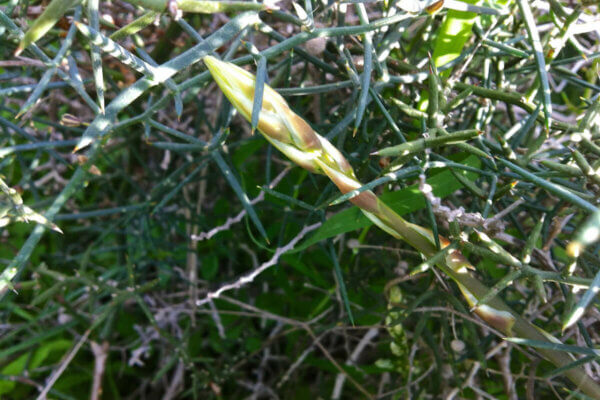
Asparagus is perennial, so if you find a patch, take a picture of the exact location of the plant. Drop a GPS marker with your phone so you’ll know where to come back next year.
What You Need To Harvest Wild Asparagus
- Gloves: Since you’ll be harvesting in areas that aren’t cultivated, you’ll have to watch out for briars and brambles. Here are some great work gloves that’ll protect your hands.
- Durable pants: Again, prickly plants are going to be a factor. So will mud. You’ll be kneeling plenty.
- Gardening shoes: You’ll want to use something with good support and probably some waterproofing. We have some recommendations.
- Knife or hand-saw: You won’t have to pull asparagus—you’ll cut it with a trusty blade.
How To Harvest Wild Asparagus
- Find the plant. This is the hardest part. Asparagus stalks shoot right out of the ground. They look like they do in the store. However, it will blend in with other green plants—you’re likely going to have to find it in a field of tall grass.
- Cut off the stalk… You won’t be pulling asparagus out of the ground, as you would with a carrot or onion. Take that knife or hand saw and slice the asparagus off the root. Asparagus is a perennial, so you’ll be able to harvest more stalks from the same plant next spring if you don’t harvest the roots along with it.
- ….or cut out some of the roots along with it. Asparagus root has ample health benefits. It’s used to make a foundational drug in Chinese medicine, tian men dong. (More on that below.)
- Check for ticks! I can’t emphasize this point enough. Where asparagus flourishes, so do the nasty bugs. Have someone help you check your clothes and skin for ticks when you head home. Lyme disease is no joke.
How To Transplant Wild Asparagus
So, let’s say you’ve found some wild asparagus and you want to cultivate it in your own garden. You can transplant asparagus to your own property.
- Dig widely around the plant. Asparagus has a large and complicated root system. It has a complex tangle of tentacle-y roots that take up a good deal of space underground. You’ll need to preserve most of it for the plant to take.
- Dig a deep hole at the new site. You’ll need to fit that whole root system.
- Layer some compost and fertilizer in the hole. Asparagus is a hungry plant, so spread a generous amount of food at the bottom of the hole.
- Gently lay the plant in the hole.
- Make a large mound of soil around the plant.
In ideal conditions, asparagus stalks can grow an inch every day—so a healthy, well-established plant will yield lots of food quickly!
Why Asparagus Root Is Good For You
Asparagus root has been eaten whole or made into a tincture by practitioners of traditional Chinese medicine for generations. It’s known in Chinese as tian men dong. Traditional practitioners use it to treat:
- Pulmonary capacity and health
- Chronic coughs
- Blood and kidney cleanliness
- Circulation and blood pressure
- Asthma symptoms
- White blood cell count
Chinese medicine practitioners also credit the root with improving memory and even decision making—tien men dong has a traditional association with wisdom and intelligence.
How To Prepare Wild Asparagus
So you’ve brought home some asparagus. How are you going to prepare it?
Asparagus is great on its own; all you need to do is steam it or saute it in butter or oil and drop some salt and pepper on top. I prefer the saute method because I like a little browning from the pan. That browning or char is why asparagus is at its best when it’s grilled.
Boiling the vegetable will also diminish the vibrant crunch that is one of the main attractions of eating asparagus.
My favorite preparation of asparagus is only a little bit more complicated. (Actually, it’s not that complicated at all.) At the same time that I’m sauteing the asparagus, I also fry up a sunny-side up egg. When the asparagus has a little bit of browning and char, I put the egg on top, sprinkle on a little bit of paprika, and shave some Parmesan cheese over the whole dish. The egg and Parmesan add a richness and umami flavor to the bright, fresh asparagus.
Pureed asparagus is also a delicious flavor for cold soups with a potato or cream base.
Asparagus is a delicious rite of spring. There’s no wrong way to enjoy this delicious treat—so go out and get some!


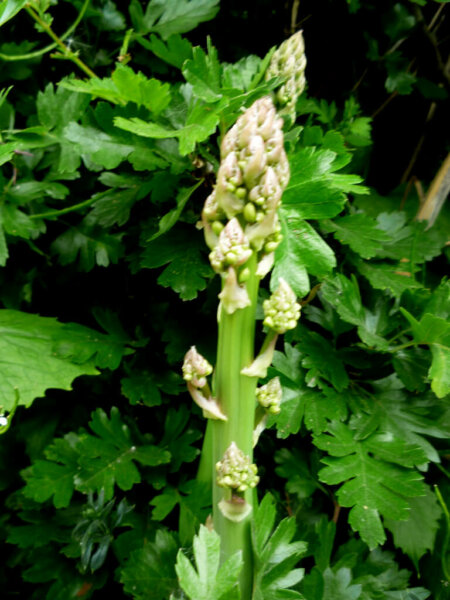
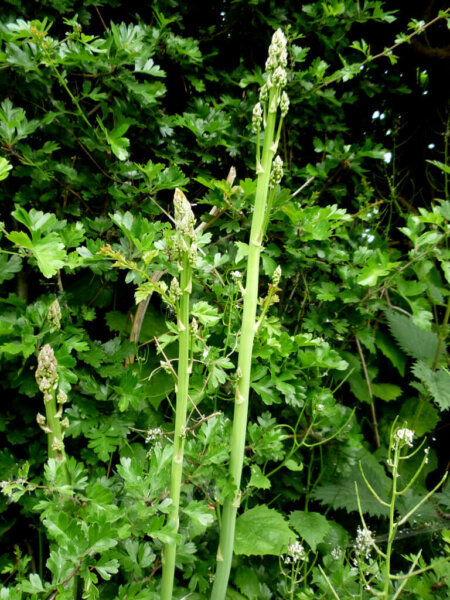
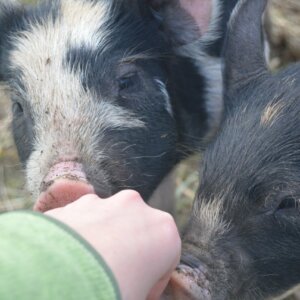

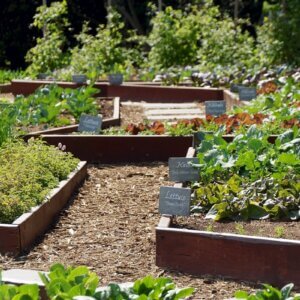


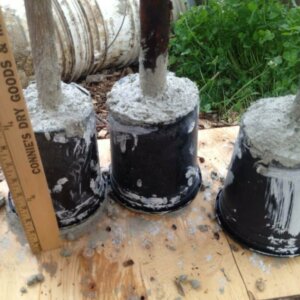
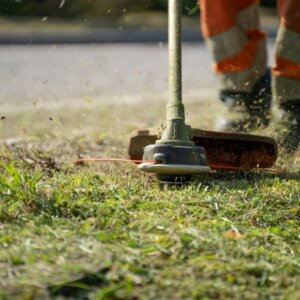




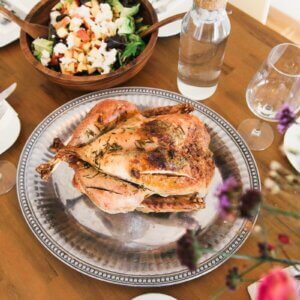
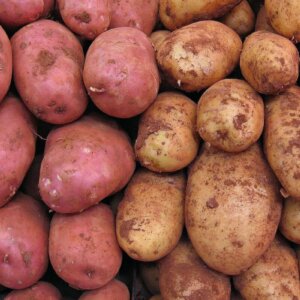

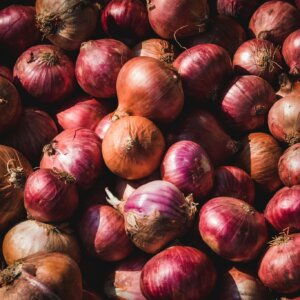

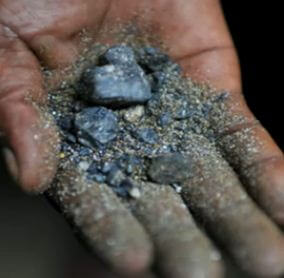
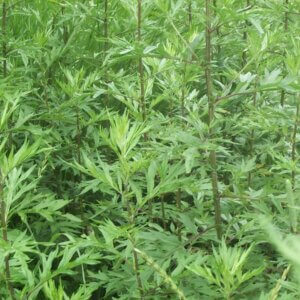






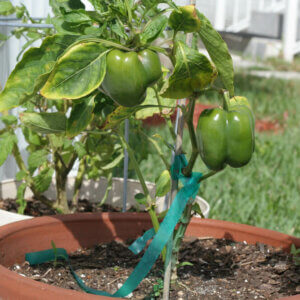
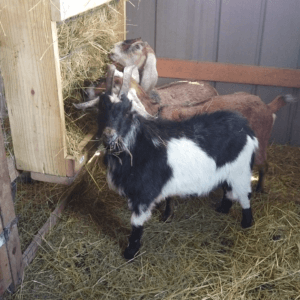
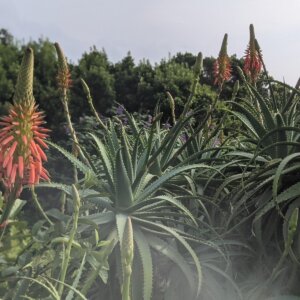

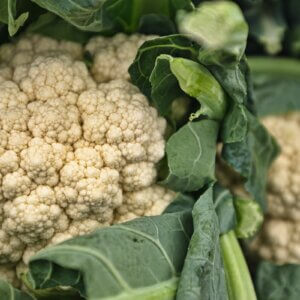


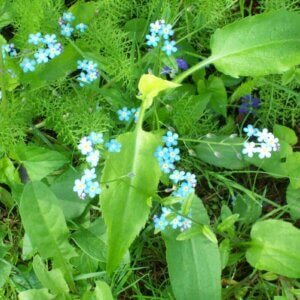





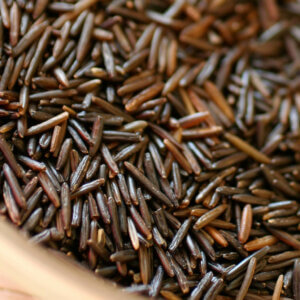


Leave a Reply